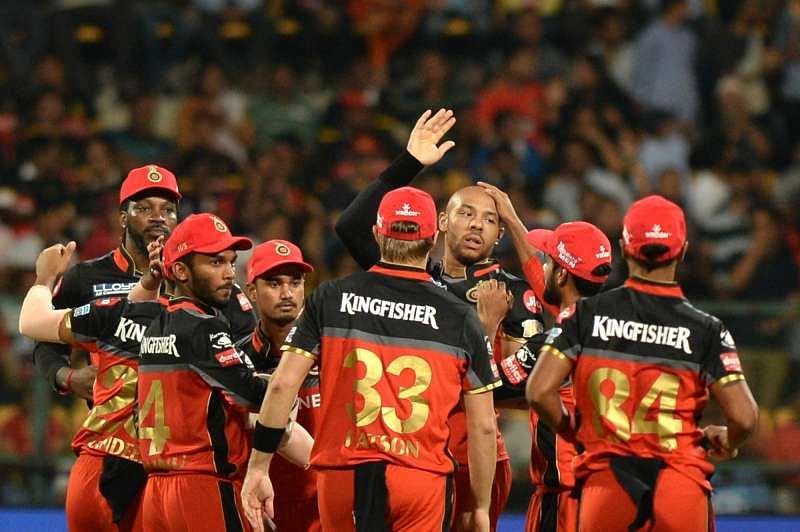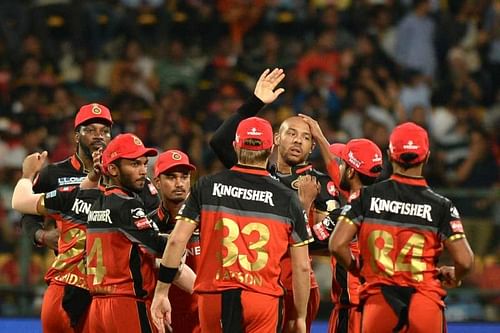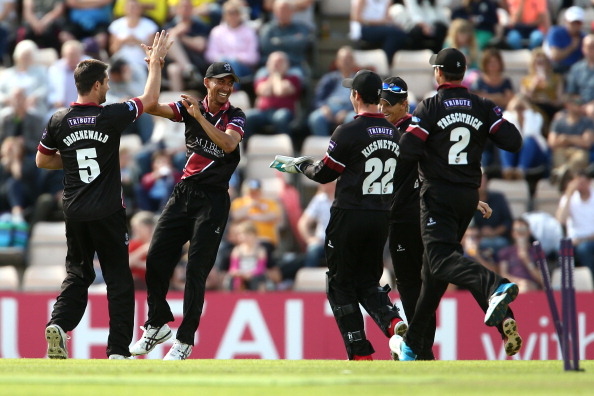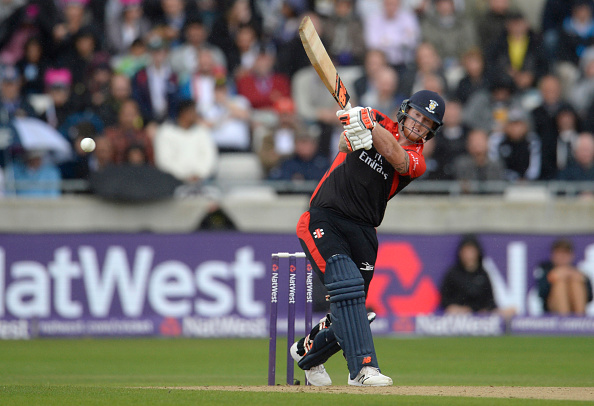
Why England need to embrace the IPL and move forward
BIG money in sport – the UK is well used to seeing it. But generally, we are talking football, where the top clubs spray cash around like it’s going out of fashion. Even unproven players are routinely signed for millions.
Cricket, meanwhile, is different. Players move between counties for the promise of a two-course meal in the lunch break. A transfer in cricket was as likely to make the back page of an English newspaper as a story about littering was to make the front.
Then, in February, all that changed. IPL strugglers Pune bought Ben Stokes for £1.7m. He became a millionaire overnight. If the IPL had failed to connect with the English public before, then surely it would now. Or would it? Possibly not.
With the IPL underway, the antics of Stokes are hardly high on the sporting agenda. When he knocked a typically quickfire 50 against Kings XI Punjab, it barely warranted a mention back here, something not helped by the fact that the IPL has been lost by free-to-air TV.
As with Test cricket, the IPL is now broadcast by Sky. The global giant does an excellent job, but it has failed to overcome a basic hurdle with the IPL – it’s a competition played thousands of miles away by cricketers impassioned not so much by the game as by the money.
The real desire in England is not to see the IPL, but to see its stars perform here. The ECB has long fretted about introducing a city franchise in this country. Their fear is it would undermine the county game. But eventually, they have had to give in. A city franchise may make them shiver, but without it, they would always be the poor relation, not just of the IPL and Australia’s Big Bash, but tournaments in the West Indies, South Africa, and even Bangladesh.
It is very rare in England that you’ll hear a sports fan say, “Did you see the IPL last night?” English cricket fans don’t particularly want to watch, they just want to have something similar for themselves.
The T20 Blast is played by county teams with a smattering of stars. Key clashes, such as the ‘Roses’ battle between Lancashire and Yorkshire, and games in London, attract big crowds, but others less so. A condensed version which allows the world’s stars to play for a reduced number of city franchises was finally recognised as the way forward this year. Eight teams will take to the field from 2020.
Cricket fans in England are used to being last to the party. It’s taken the England team nearly two decades in the wilderness to come near to catching up with its rivals in the 50-over format, and they risked the same happening with T20 – they may have invented it, but they then sat back and watched as it was totally reinvented across the globe. It was as if they were still playing with a Hornby train set when everyone else had moved on to the XBox.
Similarly, in its disdain for razzmatazz, the ECB were blinded to what was happening with the IPL on the pitch. Players were arming themselves with new skills – batting, bowling, fielding – which they were then taking into other formats of the game. The IPL wasn’t ruining players, as had long been argued, but was actually turning them into stronger and more lethal weapons.
“The city franchise had to happen in England,” says former England fast bowler Steve Harmison. “We’re standing still. T20 Blast is good, but other players, such as India, were getting better because they were playing with the best players in the world and learning new skills. India now has a seam attack as good as they’ve ever had, in volume and ability. That’s come from them rubbing shoulders with the likes of Steyn, Starc, Morkel, all these top international players.
“The Indian cricket team is getting better because of the standard of cricket in their country. At home, as bowlers, we were queuing up to bowl at India. They were world class players but you knew if the ball bounced something would happen.
“Now the Indians are going round the world and not being rolled over anymore. Put Kohli on a fast pitch in Perth and he just whacks it. Vijay, Pujara, they’re all top players, not just at home but around the world. That’s no coincidence.”
“The ECB made a massive mistake when they turned their backs on the IPL. They had to go with it, instead, yet again they were left behind because of the stuffiness that is still there at Lord’s.
“They keep banging the drum that they invented the game, they invented Twenty20, all this stuff, but if you don’t move with the times it means nothing. All that means is you’re going backwards. They went against the IPL because they wanted it in this country. There are 1.2 billion people in India. There was no contest – it had to be there.”
UK channel ITV4 originally showed the IPL before its departure to Sky, where it competes for attention alongside football, Formula 1, and tennis to name but a few. Time differences often mean IPL games take place while a potential audience is at work or enjoying their own leisure pursuits at weekends.
Meanwhile, the IPL is largely ignored by the mainstream cricket media which really only stirs into life when the England team step out on to the field.
Fair to say then that there is a disconnect between the IPL and English cricket. I can think of very few in my circle of cricketing friends who would, for example, be able to name three IPL teams, let alone who won last year.
“English players need to be immersed in it properly,” argues Harmison. With those long legs of his, Ben Stokes could yet be trailblazing another great step forward.


